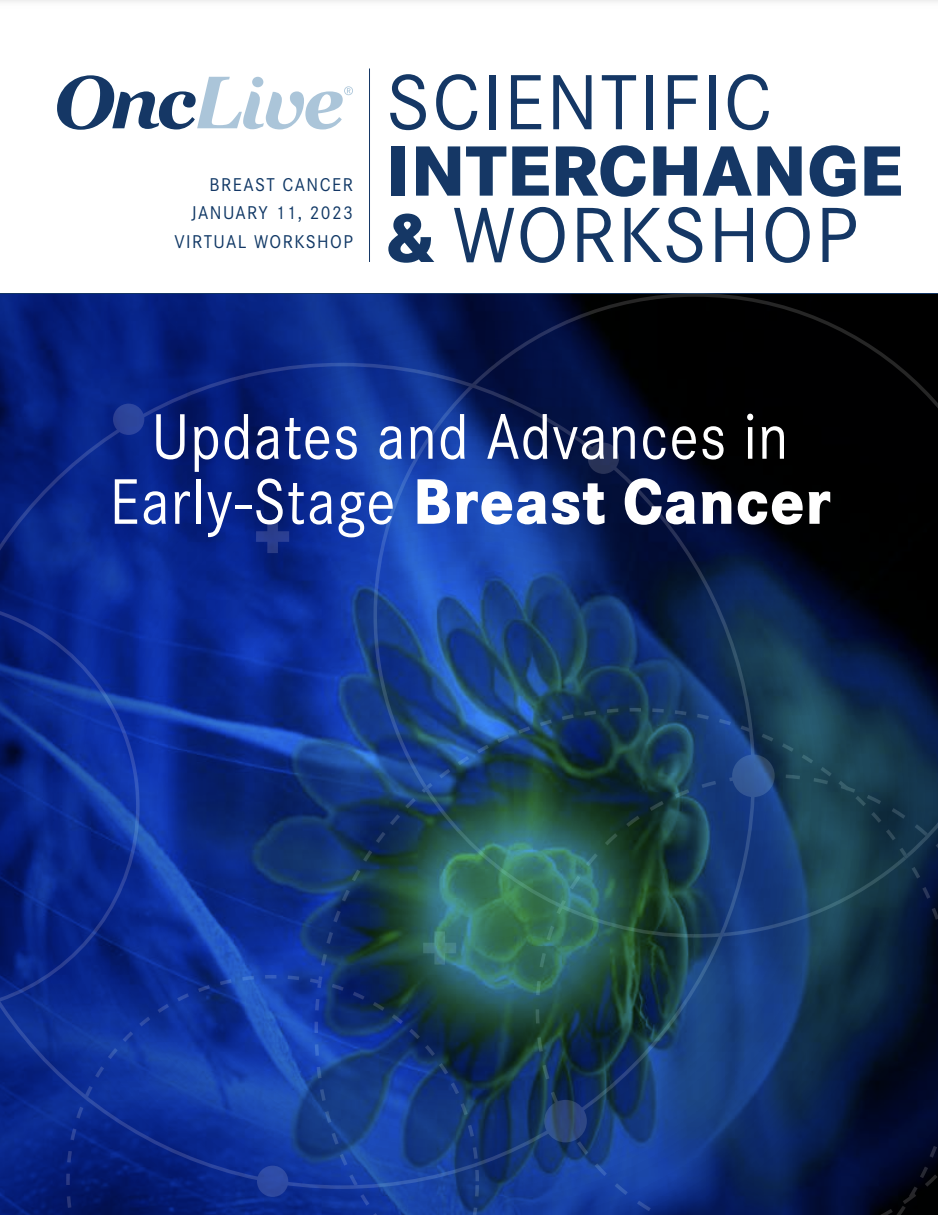Video
Dr. Montero on the FDA Approval of Elacestrant in ER+/HER2– Breast Cancer
Author(s):
Alberto Montero, MD, MBA, CPHQ, discusses the significance of the FDA approval of elacestrant in patients with estrogen receptor–positive, HER2-negative metastatic breast cancer.
Alberto Montero, MD, MBA, CPHQ, clinical director, Breast Cancer Medical Oncology Program, University Hospitals Seidman Cancer Center; associate professor, medicine, Case Western Reserve University School of Medicine, discusses the significance of the FDA approval of elacestrant (Orserdu) in patients with estrogen receptor (ER)–positive, HER2-negative metastatic breast cancer.
On January 27, 2023, the FDA granted approval to elacestrant in adults with ER-positive, HER2-negative, ESR1-mutated advanced or metastatic breast cancer with disease progression following at least 1 line of endocrine therapy. The approval was supported by findings from the phase 3 EMERALD trial (NCT03778931), in which patients with ER-positive, HER2-negative advanced breast cancer who had received 1 or 2 lines of prior endocrine therapy, including a CDK4/6 inhibitor, were randomized to receive either elacestrant or standard-of-care (SOC) endocrine monotherapy with either aromatase inhibitors or fulvestrant (Faslodex).
Dr. Montero on the Significance of an Oral SERD in Breast Cancer
This approval is significant because elacestrant is the first oral selective estrogen receptor degrader (SERD) to be approved in breast cancer, Montero says. Another SERD, fulvestrant, which is administered through intramuscular injection, is already approved in patients with ER-positive, HER2-negative breast cancer, Montero notes. Additionally, elacestrant is the first agent to be approved for patients in this population with ESR1 mutations, which are a common mechanism of resistance in ER-positive breast cancer, Montero explains.
Dr. Montero on Key Efficacy Data From EMERALD
In the EMERALD study, treatment with elacestrant prolonged progression-free survival (PFS) in all patients, with a HR of 0.70, Montero says. The respective 6- and 12-month PFS rates were 34.3% and 22.3% in patients who received elacestrant vs 20.4% and 9.4% in patients who received SOC.
The subgroup of patients with ESR1 mutations also derived greater benefit from elacestrant, with an HR of 0.55 and 6- and 12-month PFS rates of 40.8% and 26.8% vs 19.1% and 8.2% in patients who received SOC, Montero emphasizes. These positive findings in the population with ESR1 mutations influenced the indication on the FDA label, Montero says.
When comparing elacestrant to fulvestrant specifically, in the entire study population, the respective 6- and 12-month PFS rates were 34.3% and 22.3% with elacestrant vs 22.9% and 10.2% with fulvestrant. Although elacestrant and fulvestrant are both SERDs, these data show elacestrant to be the more favorable option in patients with ER-positive, HER2-negative breast cancer, regardless of ESR1 mutation status, Montero concludes.









